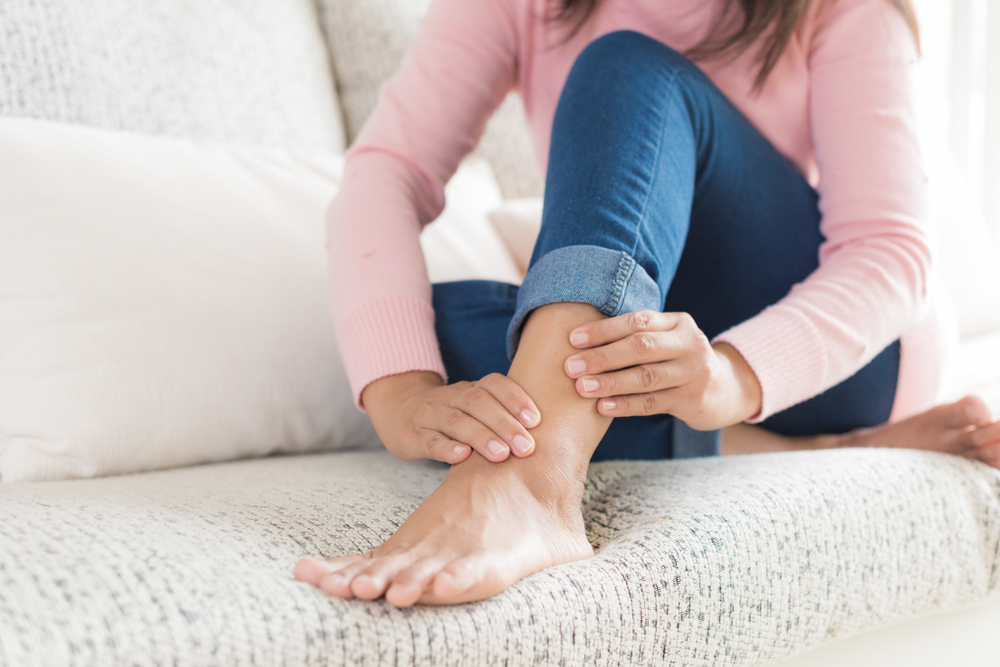Effective Natural Strategies for Managing Deep Vein Thrombosis (DVT)
This comprehensive guide explores natural and lifestyle-based strategies for managing Deep Vein Thrombosis effectively. It covers causes, symptoms, diagnostics, and practical home remedies to aid in prevention and relief. Emphasizing early recognition and proactive care, the article offers valuable insights into safe, natural approaches that complement medical treatment, helping individuals improve circulation and reduce the risk of serious complications associated with DVT.

Comprehensive Home-Based Approaches to Alleviate Deep Vein Thrombosis Symptoms
Deep Vein Thrombosis (DVT) is a serious medical condition characterized by the formation of a blood clot in the deep veins, most commonly in the legs. If left untreated, DVT can lead to life-threatening complications such as pulmonary embolism, where a dislodged clot travels to the lungs and blocks an artery. Recognizing the importance of early intervention and adopting natural, lifestyle-based management techniques can significantly reduce risks and improve quality of life.
Typically, DVT presents with symptoms like swelling, pain, tenderness, warmth, or redness in the affected limb. However, some individuals may experience minimal or no symptoms, emphasizing the need for awareness and regular health check-ups, especially for high-risk populations.
Understanding the Causes of DVT
History of previous blood clots or episodes of pulmonary embolism
Genetic predispositions or family history of clotting disorders
Prolonged periods of immobility, such as bed rest, post-surgical recovery, or long-distance travel (e.g., flights exceeding 4 hours)
Damage or injury to blood vessel walls due to trauma or surgeries
Underlying health issues like cancer, heart disease, or respiratory conditions
Hormonal influences, including oral contraceptives, hormone replacement therapy, or pregnancy
Recognizing the Symptoms of DVT
When to Seek Immediate Medical Attention
At the first sign of DVT symptoms, consult a healthcare provider promptly
Seek emergency care if experiencing chest pain, sudden shortness of breath, dizziness, fainting, or coughing blood, which may indicate a pulmonary embolism
Diagnostic Techniques for Deep Vein Thrombosis
D-dimer blood test to detect the presence of clot breakdown products in the bloodstream
Ultrasound Doppler imaging to visualize blood flow and locate the clot
Venography using contrast dye to obtain detailed images of vein structures
Lifestyle Modifications to Manage DVT Naturally
Elevate the affected legs above heart level whenever resting to promote venous return
Wearing graduated compression stockings to support blood flow
Incorporate regular physical activity like walking, gentle stretching, and calf exercises to enhance circulation
Maintain proper hydration by drinking ample water throughout the day
Avoid tight clothing around the waist, groin, or legs to prevent constriction
Natural Home Remedies and Lifestyle Tips for DVT Relief
Elevate your legs above your hips or heart level multiple times daily during rest periods
Use recommended compression stockings consistently to reduce swelling and improve blood flow
Engage in daily, light aerobic activities such as walking or swimming to stimulate circulation
Enhance blood thinning and circulation with dietary inclusion of ginger, either sliced fresh, as tea, or infused in water
Incorporate cayenne pepper into your meals or topical gels, which may help improve blood flow
Eat foods rich in Vitamin E, such as nuts, seeds, and leafy greens, which can prevent clot formation
Add turmeric to your diet, known for its natural anticoagulant properties, to support healthy blood flow
Adopting these natural strategies, alongside medical advice, can lead to better management of DVT, reduce the risk of complications, and improve overall vascular health. Always consult healthcare professionals before starting any new treatment or making significant lifestyle changes related to DVT or other health conditions.





